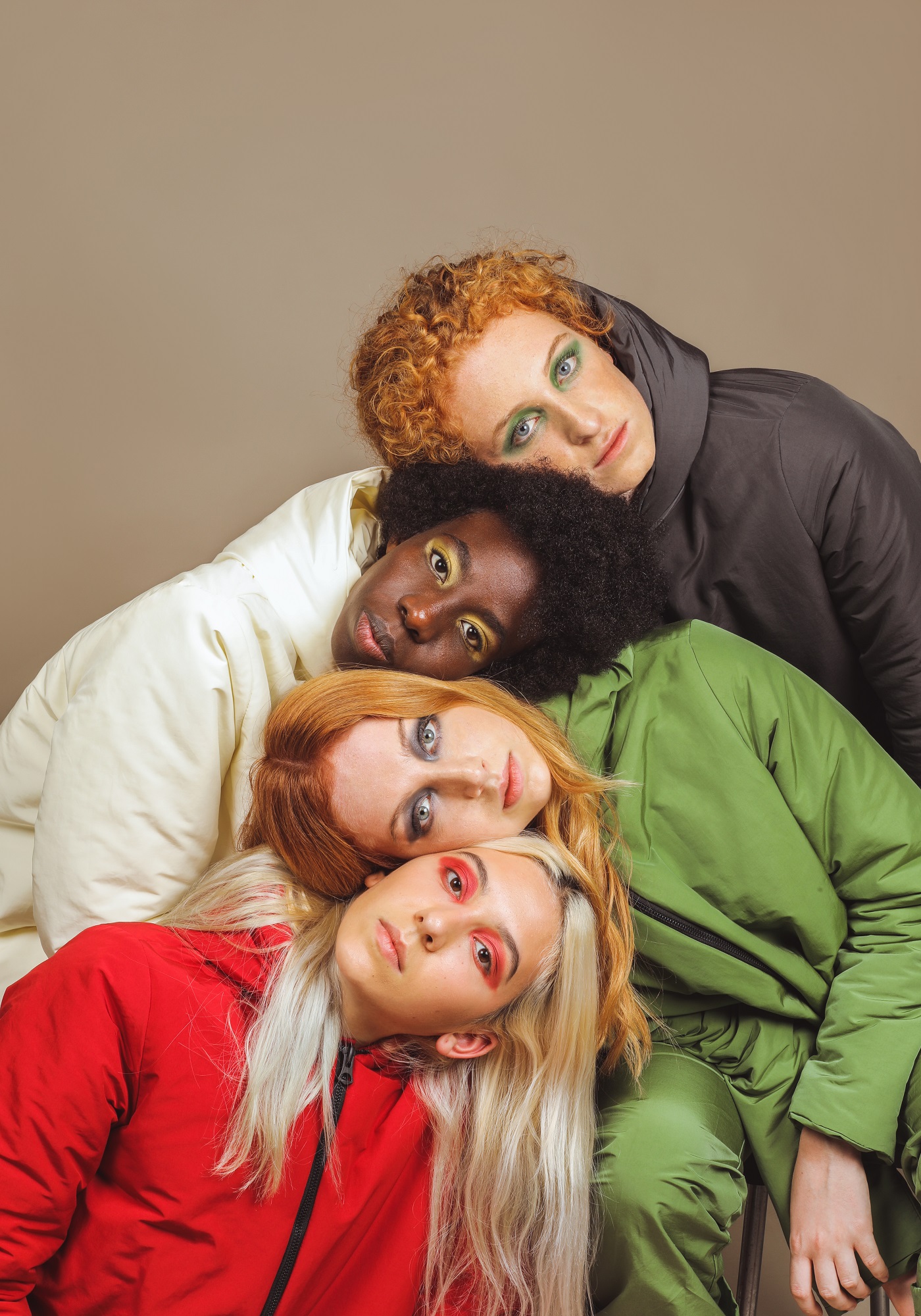Genderless Fashion: Fad or the Future?
Non-binary clothing is transforming our physical and digital identities. Let’s break down this industry-wide shift and discover how it will be relevant for the years to come.

Genderless fashion is deeply rooted in history. In the 1960s, Pierre Cardin, the visionary Italian-French designer, launched his egalitarian “Space Age” collection to pioneer an era of unisex apparel. Its ever-growing popularity soared through the decades, steeping its global influence into the digital frontier today. Fashion houses are now designing genderless, ageless and sizeless garments in the metaverse. Let’s explore.
A growing phenomenon
Unisex fashion is a way of dressing free of traditional constraints. Gender, race, age, culture, and sexual orientation go from established, fixed attributes to non-conforming, fluid identities. Manifested in neutral colors with undefined structures, this type of apparel is not specifically tailored for masculine or feminine physical traits. Instead, it embraces a more inclusive appeal, catering to individual expression regardless of orientation. Last year, over 56% of Gen Z consumers shopped for gender-neutral garments.[1]
A virtual resurgence
Today, genderless fashion is going digital. Stepping into the metaverse, brands transform physical pieces into 3D designs to embrace rising demand and market inclusivity. Gaming avatars are no longer forced to choose between “boy” or “girl” apparel, while clothing brands flaunt digital-only, gender-neutral fashion shows. In 2020, retail mogul Zara teamed up with Gen Z’s beloved Ader Error to launch a non-binary collection – both virtual and physical. “The AZ Collection is inspired by the identities and uniqueness of all generations from A to Z,” explains the PR release, “blurring the boundaries between the virtual and real worlds.”[2]

An underlying threat
Although the metaverse promises industry inclusivity, digital identities may backfire on diversity efforts. As users enter the virtual sphere, their physical qualities become irrelevant. Choosing an avatar to either match or deviate from their own appearances lies in the hands of computer-generated anatomies and personalities – most of which are still restrictive in terms of options. In a recent survey, 60% of respondents felt that their online identities did not accurately depict themselves.[3] The absence of genuine representation may influence preferences in digital clothing, potentially impacting brands advocating the genderless cause.
The road to non-binary fashion is long yet hopeful. The rise of virtual worlds may accelerate what started in the 1960s and build traction in the metaverse for a progressive future. By 2030, Gen Z’s youngest members will turn 20 years old, and the fashion industry can look forward to how their 143 billion USD of spending power will impact fashion in the real world and out.[4]
References
[1] “Embracing Genderless Fashion.” University of Fashion. Available at: https://www.universityoffashion.com/blog/embracing-genderless-fashion/
[2] Ader Error Official Website. Collection available at: https://en.adererror.com/collaboration/zara.html
[3] “My Self, My Avatar, My Identity: diversity and inclusivity within virtual worlds.” Institute of Digital Fashion. Available at: https://docsend.com/view/wem8e7ppe7gr4mrk
[4] “Decoding Genderless Fashion, the Future of the Industry.” WWD. Available at: https://wwd.com/fashion-news/fashion-features/genderless-fashion-future-of-industry-1203381685/
Author: Naomy Gmyrek
Latest from the Magazine